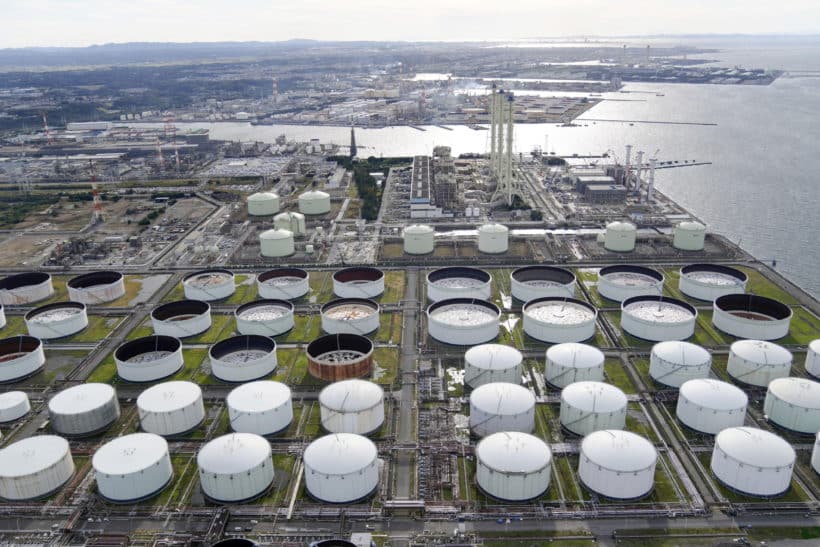
DAR ES SALAAM, Sept 28 (Reuters) – Maintenance issues and climate change-induced water shortages have caused a 400-megawatt electricity shortfall in Tanzania, triggering power rationing across the East African nation, the state power supplier said.
Tanzania’s national grid, which has an installed capacity of more than 1,900 MW, was suffering from broken infrastructure at gas wells and gas-fired power stations, as well as reduced water levels at hydropower dams, said Gissima Nyamo-Hanga, managing director of the Tanzania Electric Supply Company (TANESCO).
TANESCO, which is wholly owned by the government, expects to complete maintenance operations and resolve the shortfall by the end of March next year, Nyamo-Hanga told reporters late on Wednesday.
Despite the government embarking on one of the fastest roll-outs of electricity access in Sub-Saharan Africa, only 38% of Tanzanians have power, according to the World Bank.
Nearly two thirds of Tanzania’s electricity is generated from natural gas, and around 30% from hydropower. The largest peak electricity demand ever recorded was 1,431 MW in May this year, up 7% from a year before, the energy ministry says.
“We expect that this problem will start easing within two weeks, and our plan is to reduce the shortage by an average of 100 MW a month,” Nyamo-Hanga said.
The 2,115 MW Julius Nyerere hydropower dam started filling with water in December last year and is anticipated to be finished by June 2024, more than doubling the country’s installed capacity, according to the energy ministry.
The government is engaged in several other power projects including a 150 MW solar farm as part of its goal to reach 5,000 MW capacity by 2025.
Nyamo-Hanga said the Nyerere dam was 92% complete, but that climate change was causing a shortage of rain and reducing water levels at existing dams. (Reporting by Nuzulack Dausen; Editing by Hereward Holland and Anil D’silva)

